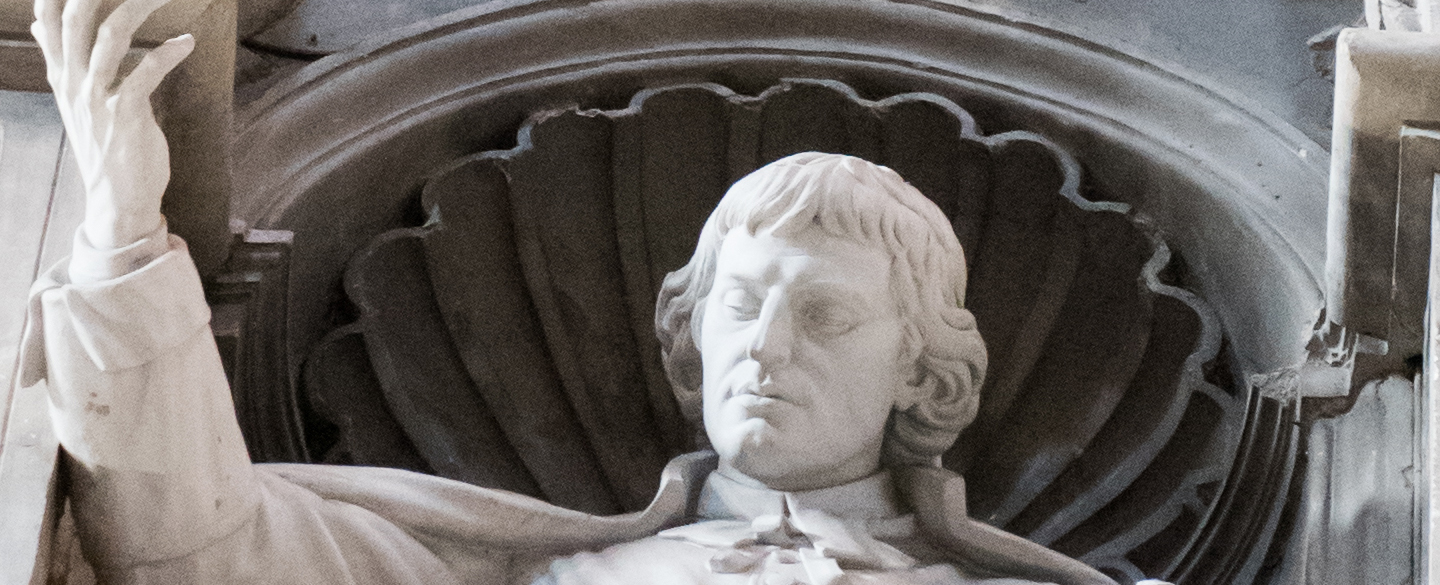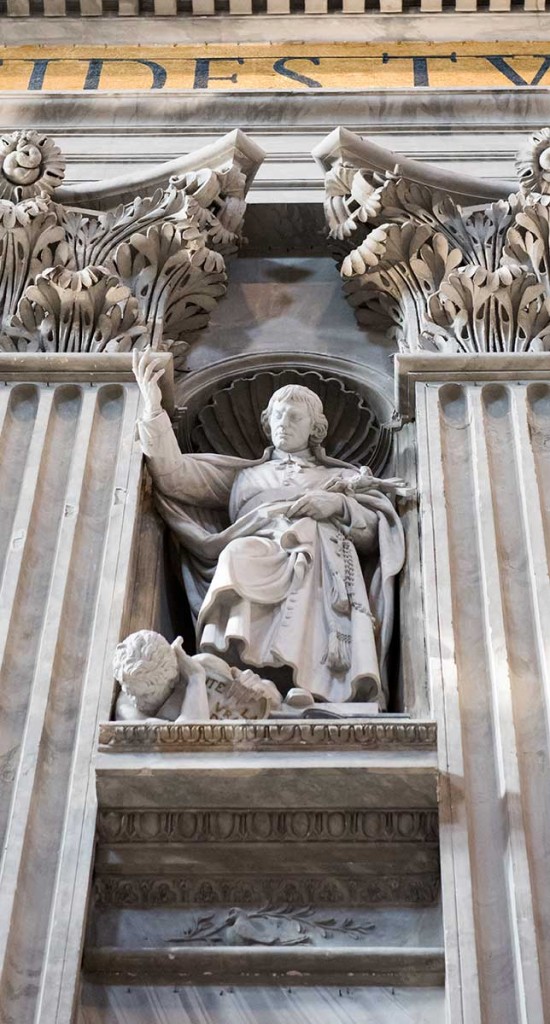
 St. Louis de Montfort is well known today because of the popularity of his Total Consecration to Jesus Christ through Mary. What is not as well-known is his connection with the Dominican Order. St. Louis represents an important branch of the Dominican family, the Third Order, made up of secular priests and lay people who seek to live the Dominican charism within their own vocations. Although he did not join the Dominican Third Order until he was 37 years old, St. Louis de Montfort must have done so with the conviction that God had already formed in his heart many of the elements of Dominican life.
St. Louis de Montfort is well known today because of the popularity of his Total Consecration to Jesus Christ through Mary. What is not as well-known is his connection with the Dominican Order. St. Louis represents an important branch of the Dominican family, the Third Order, made up of secular priests and lay people who seek to live the Dominican charism within their own vocations. Although he did not join the Dominican Third Order until he was 37 years old, St. Louis de Montfort must have done so with the conviction that God had already formed in his heart many of the elements of Dominican life.
The earliest evidence of a Dominican spirit is his diligent intellectual formation. Born the second son of 18 children in the tiny village of Montfort, France, Louis began study at the Jesuit College of St. Thomas à Becket in Rennes at the age of 12. There, among the hundreds of young men in his class, he distinguished himself as an intelligent, studious, and deeply religious young man. He also enjoyed the influence of his uncle, a parish priest in Rennes. Here, in Rennes, Louis discovered his vocation to the priesthood.
In 1693, at the age of 20, Louis chose to begin seminary in Paris. He adopted the life of a mendicant, deciding to walk the entire 230 miles to Paris. He arrived with the tattered outward appearance of a poor beggar, and the inward disposition of one completely surrendered to God’s will. Louis chose to attend the seminary for poorer students, and it may have been at this time that he discontinued the use of his family name, Grignon, for the simpler and humbler association with the tiny village of his birth: Montfort.
By 1695, Louis de Montfort was distinguishing himself as an outstanding student at the respected seminary of St. Sulpice. As librarian there, Louis became familiar with the works of St. Thomas Aquinas. He also began a study of examples of Marian consecration throughout history and helped to form a society with a devotion to the Blessed Virgin Mary. He maintained throughout his life that his form of consecration was nothing new, but rather continued the long-standing tradition of coming to Christ through the hands of the Blessed Mother.
On June 5, 1700, Louis de Montfort was ordained a priest. His initial request was to be sent to the foreign missions, particularly to America. He writes: “I had wished to form myself for the missions and in particular for teaching catechism to the poor ... I feel a great desire to make Our Lord and His Holy Mother loved, and to go about in a poor and simple way, catechizing poor country people.” His request for the foreign missions was not granted, however. Instead, Louis de Montfort was asked to preach parish missions in his own country of France. Like St. Dominic several centuries earlier, Louis de Montfort confronted widespread heresy with the truth of God’s grace. The major tenets of Jansenism—man’s predestination, the complete corruption of human nature, and the denial of free will—were met by his preaching on love for Our Lady and for the Most Blessed Sacrament, the saving power of the Cross, and devotion to the Rosary. In his desire to preach the Rosary more effectively, Louis de Montfort entered the Dominican Third Order in November, 1710.
St. Louis de Montfort is also a faithful son of St. Dominic in his love for poverty. One recorded incident recalls Louis’ embracing a dying leper on the streets. He carried the sick man to a religious house and called out, “Open the door for Jesus Christ!” One is reminded of St. Dominic’s sale of his own precious books – dead skins – so that the “living skins” of the poor could be fed. Like St. Dominic, who did not even possess his own habit but wore that of another, St. Louis’ poor once took up a collection to clothe their ragged friend.
Louis’ best known preaching, his True Devotion to the Blessed Virgin Mary, was a work whose success he did not even get to witness during his life time. He died in 1716, while this manuscript was not discovered until 1842, and not published until May 12, 1853, when the Vatican declared it free from theological error.
Pope John Paul II, on the occasion of the 50th anniversary of St. Louis de Montfort’s canonization, expressed this in a letter to the institutes founded by the saint:
Poor among the poor, profoundly integrated into the Church despite the lack of understanding he had to face, St. Louis-Marie de Montfort adopted as his motto these simple words: ‘God alone.’ His love for God was total. It was with God and for God that he went towards other people and walked the roads of the mission. Constantly aware of the presence of Jesus and Mary, his entire being was a witness to the theological virtue of charity which he desired to share with everyone. His deeds and his words had only one aim, to call people to conversion and to motivate them to live for God.
Feast: April 30

 Back
Back